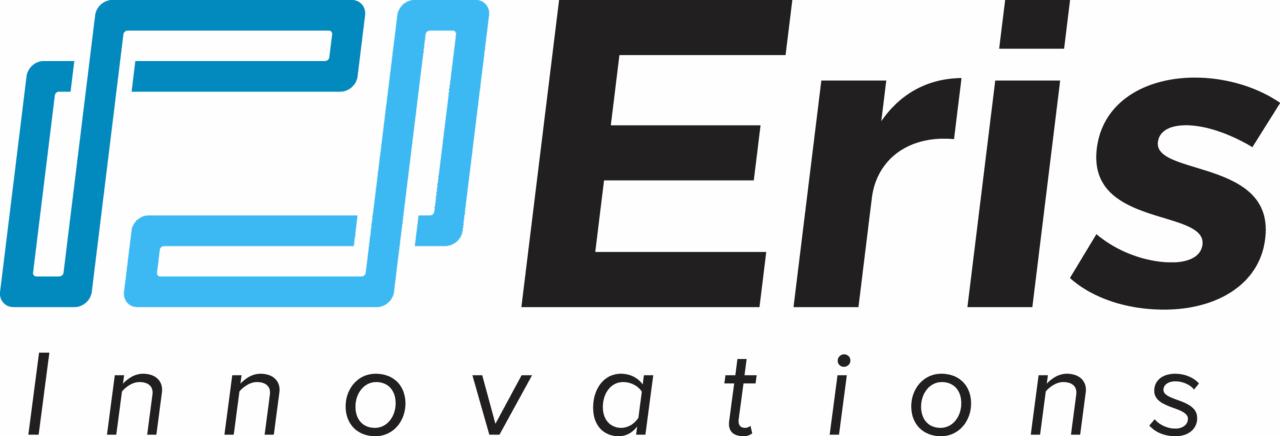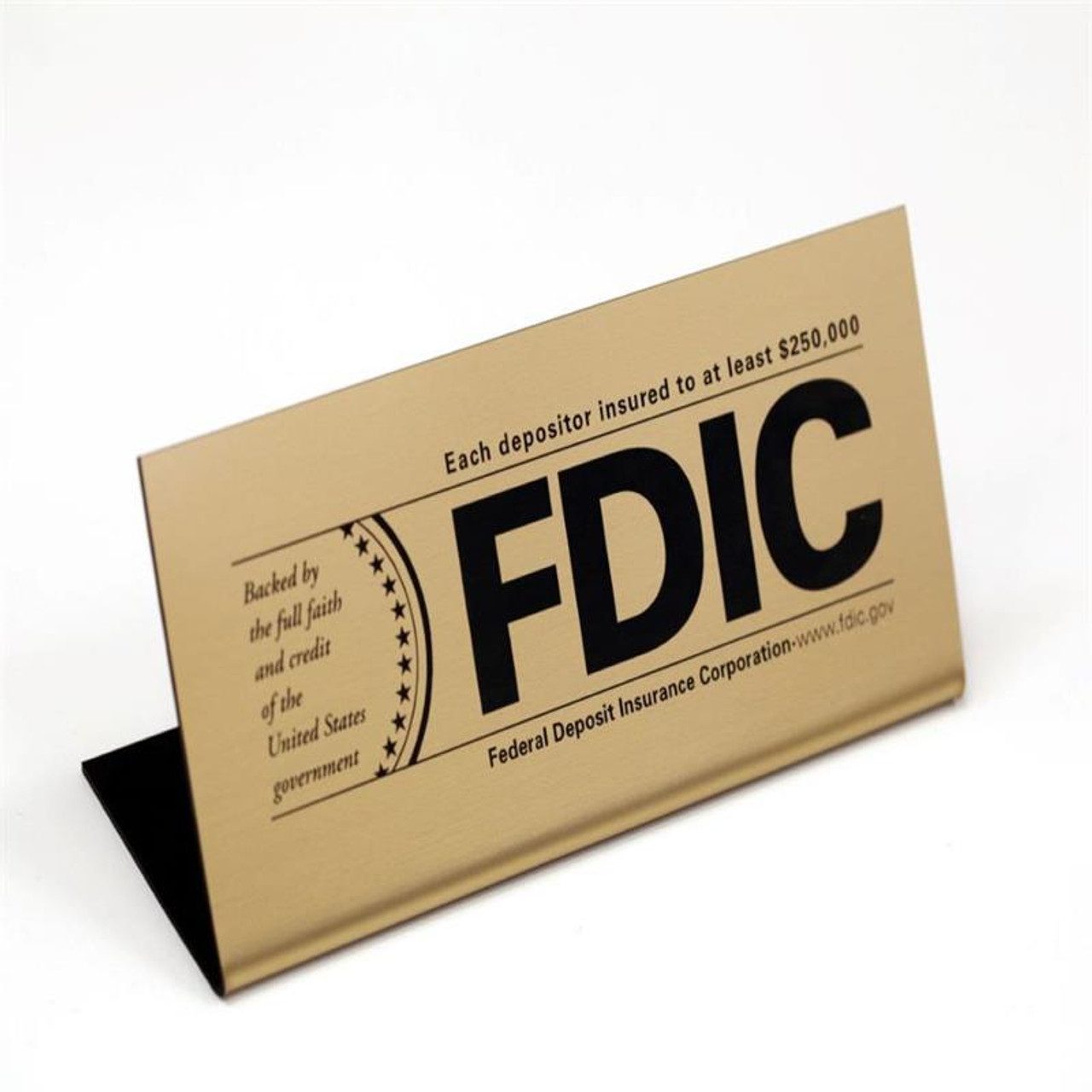Community banks have long been tethered to the familiar: Microsoft Excel spreadsheets, manual report generation, and time-consuming data entry. For Kim Snyder, founder of KlariVis, that reliance on outdated methods is not just inefficient—it’s ineffective. We caught up with Snyder after her panel moderation at the 2024 NEXT Forum presented by the Travillian Group and Newcleus, for our latest 3 Questions With… segment.
The Cost of Errors in Community Bank Data
Snyder has spent years in the trenches, including a decade as CFO at a community bank, and she’s all too familiar with the struggle to deliver accurate information. “We were on a call the other day with one of our prospects, and the FDIC just banged him upside the head because he had an error in Excel for his risk ratings. It was a situation where those loans didn’t get reported to the board correctly. And really, they didn’t need to be reported to the board at all. It was the risk rating that was put into Excel manually that was incorrect.” Snyder said.
The Future of Excel in Community Banking
Question 1: Is There Life After Excel?
“So, those are the problems that happen with Excel. There’s just tons of manual work that goes on, but you’re never going to eliminate it. It has to be part of the package that that banks are going to use.”
At KlariVis, Snyder has turned that painful experience into a mission: streamlining data analytics for community banks while minimizing errors. Yet, despite her company’s advances in automating processes, Excel isn’t going away anytime soon.
“Excel obviously has been around forever. It is the tool that our community banks are forced to use because of the way that data is delivered to them from their core systems. They have to do these data extract files using query-based report writing systems. They dump the data in Excel to [work] with it.”
Snyder continues, “And so, at Klarivis we automate all of that for the banks. We don’t get rid of Excel. But we eliminate a lot of the manual work that goes into Excel, as well as into report generation. We also eliminate the errors that occur.”
Convincing Boards to Adopt New Banking Technology
Question 2: How Do We Get Board Buy-In?
Convincing a bank’s board to adopt new technologies is often an uphill battle, according to Snyder. “When you have those conversations at the board level, they get it.” She believes that for banks $500 Million and above, boards rarely get involved with technology decisions.
Snyder recalls the frustration of trying to assemble board reports hot off the press. “I used to tease my CEO when I was the CFO of my bank: You think there’s a magic button? There’s not.” she says with a smile. “We created a magic button or the easy button I call it.” KlariVis gives executives the tools to move beyond manual data collection so they can focus on analysis before stepping into the boardroom.
Kim Snyder’s Advice for a Banking Career in Data Analytics
Question 3: How Do I Pursue a Career in Data?
While technology is rapidly evolving, Snyder warns that the field of data analytics in banking remains limited. “I don’t think banking today has set up programs for data analytic growth if you will, inside the actual bank. But there certainly are banks out there that are hiring, that’s the problem.” she notes. That leaves young professionals with an uphill battle if they want to build careers in data analytics within banking.
But Snyder doesn’t leave the next generation without hope. “In the banking space, I encourage all young people: If you have a desire to expand your knowledge, you need to do that work at home.” Snyder built skills early in her career in her off-the-clock hours. “Today resources are just so valuable.” They’re plentiful. You can YouTube, you can learn Power BI right through some courses that teach you a little bit about data modeling and those types of things.”
Despite the lack of formalized programs within banks, the future is bright for those who are willing to put in the extra hours. “ I wouldn’t be where I am today had I not put in all the extra hours early in my career, learning the things that I needed to learn,” Snyder reflects. It’s a journey of balancing technical expertise with an understanding of banking—a marriage of two worlds that Snyder has mastered.
For Snyder, the message to young professionals is clear: be proactive, keep learning, and explore the endless possibilities that data holds for banking. “There’s plenty of resources out there for you to get started,” she assures, knowing that the path forward may be tough, but ultimately rewarding.
Watch the Full Interview – 3 Questions With… KlariVis’ Kim Snyder
Click to watch the full interview
3 Questions With… Kim Snyder, founder of KlariVis (Full Video)























